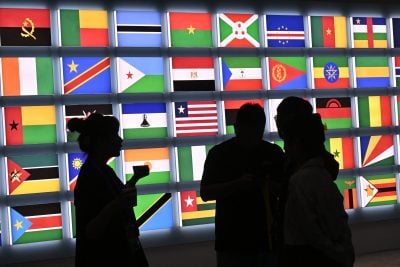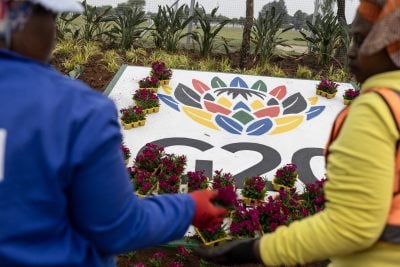Financial flows are a factor of three to six times lower than levels needed by 2030 to limit warming to below 2°C (3.6°F), according to the IPCC.
While there has been consistent expansion of policies to mitigate the impacts of climate change, the report says that “progress on the alignment of financial flows towards the goals of the Paris Agreement remains slow and tracked climate finance flows are distributed unevenly across regions and sectors”.
According to the IPCC, limiting global warming below 2°C, or even 1,5°C, will require abandoning fossil fuels, using efficient alternatives such as hydrogen and renewable energies, and radically increasing financial flows, especially to the developing world.
However, while annual tracked total financial flows for climate mitigation and adaptation increased by up to 60% between 2013/14 and 2019/20, average growth has slowed since 2018. These financial flows remained heavily focused on mitigation, are uneven, and have developed heterogeneously across regions and sectors, says the report.
Investors remain sceptical
“Despite the increasing attention of investors to climate change, there is limited evidence that this attention has directly impacted emission reductions. This leaves high uncertainty, both near-term (2021-30) and longer-term (2021-50), on the feasibility of an alignment of financial flows with the Paris Agreement goals,” the report says.
According to the IPPC, risk averse investors remain sceptical about investing in climate mitigation. “When the perceived risks are too high, the misallocation of abundant savings persists and investors refrain from investing in infrastructure and industry in search of safer financial assets, even earning low or negative real returns.”
Promises of financial aid from the wealthy world to developing countries have yet to materialise. At the 2009 United Nations Climate Change Conference in Copenhagen (Cop15), wealthy countries agreed to help mobilise $100bn per year for developing countries by 2020.
However, Alok Sharma, who acted as president for Cop26 last year in Glasgow, has admitted that the objective would not be met until 2023. Commitments remained around $20bn per annum short in 2019.
Financial mitigation essential, say experts
Talking to Radio France International (in French), Yamina Saheb, one of the authors of the report, said mitigating climate change is essential to sustainable development in emerging countries.
Shaed argues that the continent has a high potential for the development of renewable energies, thanks to the richness and diversity of its landscapes, and can thus transition rapidly to fossil fuels if the finance is there. While Africa has the richest solar resources on the planet, the continent has so far installed only 5 gigawatts of solar photovoltaics which is less than 1% of global capacity.
Africa is particularly exposed to the effects of climate change. Although being among the smallest greenhouse gas emitters worldwide, “it is likely that land temperatures over Africa will rise faster than the global land average”, said IPCC in a past report. That is despite the fact that in 2019, the African continent was responsible for just 9% of the global greenhouse gas emissions. In comparison, Europe – which has roughly half of Africa’s population 1.5bn population – contributed 8%.
Want to continue reading? Subscribe today.
You've read all your free articles for this month! Subscribe now to enjoy full access to our content.
Digital Monthly
£8.00 / month
Receive full unlimited access to our articles, opinions, podcasts and more.
Digital Yearly
£70.00 / year
Our best value offer - save £26 and gain access to all of our digital content for an entire year!
 Sign in with Google
Sign in with Google 



